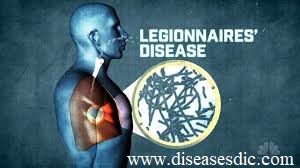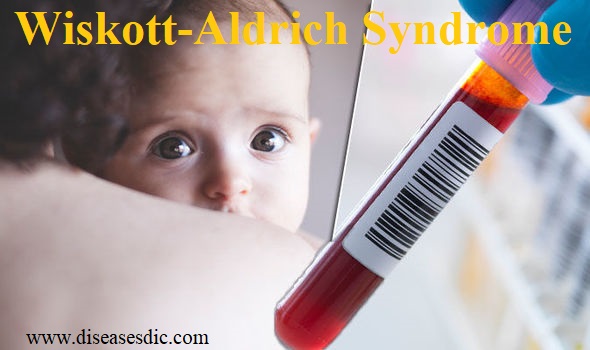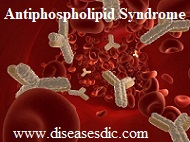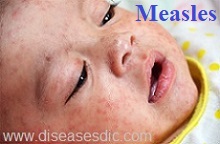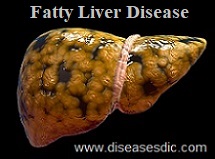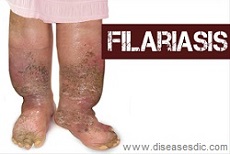Definition Legionnaire’s Disease is due to the bacteria Legionella pneumophila found in plumbing systems, shower heads and water-storage tanks. Outbreaks of Legionella pneumonia have been attributed to air conditioning systems and hot water tubs but cannot be transmitted from person to person. The bacteria flourish at temperature between 90 and …
Read More »Wiskott-Aldrich Syndrome: Causes, Complications and Treatment.
Definition Wiskott-Aldrich syndrome is characterized by abnormal immune system function (immune deficiency) and a reduced ability to form blood clots. This condition primarily affects males. Individuals with Wiskott-Aldrich syndrome have micro thrombocytopenia, which is a decrease in the number and size of blood cell fragments involved in clotting (platelets). This …
Read More »Antiphospholipid syndrome (APS): causes, treatment and prevention
Definition Antiphospholipid syndrome is an immune disorder in which abnormal antibodies are linked to abnormal blood clots in veins and arteries. It mostly affects the legs, but clots may also form in the kidneys, lungs and other organs. Antiphospholipid syndrome (APS) is also known as Antiphospholipid Antibody Syndrome, Hughes syndrome, …
Read More »Rosacea: causes, complications and treatment
Definition Rosacea (roe-ZAY-she-uh) is a common skin condition that causes redness and visible blood vessels in your face. It may also produce small, red, pus-filled bumps. These signs and symptoms may flare up for a period of weeks to months and then diminish for a while. Rosacea can be mistaken …
Read More »Measles: Symptoms, Complications and Treatment.
Definition – Measles Measles, or rubeola, is a viral infection of the respiratory system. It is a very contagious disease that can spread through contact with infected mucus and saliva. An infected person can release the infection into the air when they cough or sneeze. The measles virus can live …
Read More »Fatty Liver Disease – Definition, Types, and Symptoms.
Definition Fatty liver disease is the accumulation of triglycerides and other fats in the liver cells. The amount of fatty acid in the liver depends on the balance between the processes of delivery and removal. In some patients, fatty liver may be accompanied by hepatic inflammation and liver cell death …
Read More »Filariasis – Causes, Transmission, Diagnosis and Prevention.
Definition Filariasis is an infectious tropical disease caused by any one of several thread-like parasitic round worms. The two species of worms most often associated with this disease are Wuchereria bancrofti and Brugia malayi. The larval form of the parasite transmits the disease to humans by the bite of a …
Read More »Hyperpigmentation – causes, treatment and prevention
Hyperpigmentation – Definition Hyperpigmentation refers to areas of skin where an excess of melanin has been produced and formed deposits, causing skin patches that appear darker than the surrounding skin. Common skin areas that experience hyperpigmentation or dyschromia are the face, arms, and hands. Age spots, liver spots, freckles, sun …
Read More » Diseases Treatments Dictionary This is complete solution to read all diseases treatments Which covers Prevention, Causes, Symptoms, Medical Terms, Drugs, Prescription, Natural Remedies with cures and Treatments. Most of the common diseases were listed in names, split with categories.
Diseases Treatments Dictionary This is complete solution to read all diseases treatments Which covers Prevention, Causes, Symptoms, Medical Terms, Drugs, Prescription, Natural Remedies with cures and Treatments. Most of the common diseases were listed in names, split with categories.
